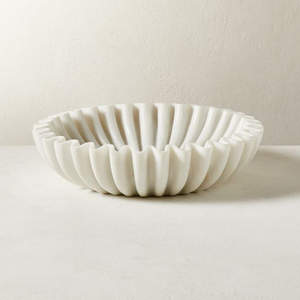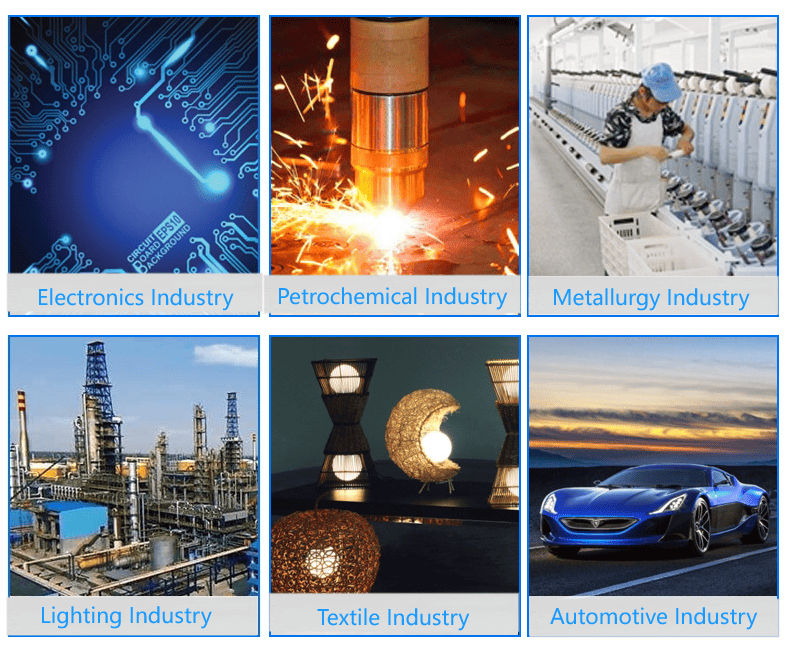Discover Premium Ceramic Products | Durability & Elegance United | Advanced Ceramics
PRODUCT PARAMETERS
Description
Introduction to Alumina Ceramics
Alumina ceramics are known for their high hardness, wear resistance, corrosion resistance, good electrical insulation and high temperature stability. According to the different alumina content, it can be divided into different grades, such as 95 porcelain, 99 porcelain, etc., among which 99 porcelain refers to ceramic materials with an alumina content of 99%. As the alumina content increases, its mechanical strength and electrical insulation properties will also increase accordingly.
Characteristics of Alumina Ceramics
High Hardness: Alumina ceramics have extremely high hardness, which makes it very wear-resistant and suitable for manufacturing abrasive tools and parts that require wear resistance.
Wear resistance: Due to its high hardness, alumina ceramics show excellent wear resistance and are suitable for manufacturing parts for long-term use.
Corrosion resistance: Alumina ceramics have good resistance to most acids and alkalis, making them widely used in the chemical industry.
Good electrical insulation: As an excellent electrical insulating material, alumina ceramics are widely used in electronic and electrical products.
High temperature stability: Ability to withstand extremely high temperatures without significant physical or chemical changes, which makes it an ideal choice for applications in high temperature environments.
Biocompatibility: In the medical field, certain grades of alumina ceramics are used to make medical devices such as artificial joints due to their good biocompatibility.
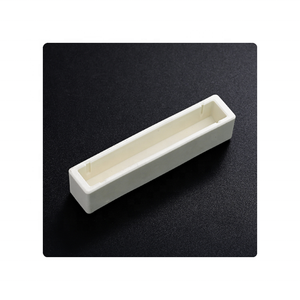
(99.6 % Alumina Ceramic Sheet)
Specifications of 99.6 % Alumina Ceramic Sheet
The 99.6% alumina ceramic sheet is a high-performance product made largely from aluminum oxide. It consists of 99.6% pure alumina, making certain exceptional homes for requiring applications. This ceramic sheet works well in high-temperature atmospheres. It holds up against temperature levels approximately 1650 ° C without losing structural stability. Steels or plastics usually fall short under such problems. The product keeps security even throughout rapid temperature modifications.
Electric insulation is a vital feature. The alumina ceramic sheet stands up to existing circulation efficiently, even at raised temperature levels. This makes it appropriate for electronic components and industrial devices needing reputable insulation. Mechanical strength is an additional advantage. The sheet has high solidity, rating around 9 on the Mohs scale. It withstands wear and abrasion, carrying out well in rough or friction-heavy setups.
Thermal conductivity is lower than metals like light weight aluminum yet greater than numerous other ceramics. This balance assists handle warm distribution without extreme transfer. Chemical stability is solid. The sheet resists attack from acids, alkalis, and destructive gases. It executes reliably in aggressive chemical environments.
Surface finish is smooth and accurate. The sheets are machined to limited resistances, ensuring uniformity in density and monotony. Personalized forms or dimensions are possible via innovative cutting techniques. Available thicknesses range from 0.5 mm to 30mm. Sizes and lengths differ to satisfy different demands. Custom-made measurements are available for specialized applications.
Applications cover several markets. Electronic devices producers use it for circuit substratums and insulating components. Semiconductor devices relies on its heat resistance and electrical buildings. Clinical gadgets gain from its biocompatibility and longevity. Aerospace and power fields utilize it in parts exposed to severe problems. Common usages include heating system linings, lab devices, laser systems, and high-voltage insulation.
The product is devoid of natural ingredients or binders. This purity improves efficiency in vital settings. Handling requires like prevent damaging or fracturing during installation. Correct machining devices are required for reducing or piercing. The 99.6% alumina ceramic sheet offers an affordable remedy for applications requiring high dependability and long life.
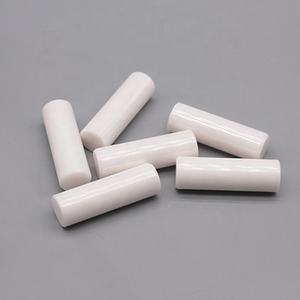
(99.6 % Alumina Ceramic Sheet)
Applications of 99.6 % Alumina Ceramic Sheet
99.6% alumina ceramic sheets are extremely resilient products made use of across many sectors. Their high alumina content provides exceptional mechanical stamina, warm resistance, and electric insulation. These residential or commercial properties make them excellent for demanding applications.
In electronics, alumina ceramic sheets work as substratums for circuits. They deal with heats and prevent electric leak. This makes them trustworthy for power electronic devices, LED lights, and semiconductor gadgets. They additionally work as shielding layers in high-voltage equipment, ensuring safety and security and stability.
Industrial heater count on these ceramic sheets. They withstand severe temperature levels in heating systems, kilns, and thermal handling systems. Their reduced thermal expansion lowers fracturing under rapid temperature level adjustments. Makers utilize them as liners, baffles, or support frameworks in high-heat settings.
The medical field gain from alumina ceramic’s biocompatibility. It is utilized in medical tools, dental implants, and prosthetic parts. The material withstands rust and wear, making certain long-term efficiency in clean and sterile atmospheres. Its smooth surface protects against microbial development, crucial for medical gadgets.
Alumina ceramic sheets are also applied in wear-resistant components. Mining equipment, pump seals, and cutting devices use them to sustain abrasive problems. Their solidity decreases wear, prolonging tools life. In aerospace, they secure parts from warm and rubbing throughout high-speed procedures.
Power systems utilize these sheets for insulation in batteries, fuel cells, and solar panels. They preserve performance under thermal stress and anxiety, enhancing power performance. Their electrical insulation stops brief circuits, boosting safety and security in renewable resource setups.
Chemical processing plants make use of alumina porcelains for corrosion-resistant cellular linings. The material does not react with acids or alkalis, safeguarding storage tanks, pipelines, and reactors. This reduces upkeep expenses and downtime in aggressive chemical settings.
Alumina ceramic sheets are functional remedies for markets needing dependability under harsh problems. Their combination of strength, thermal security, and electrical insulation supports innovative innovations and industrial processes.
Company Introduction
Advanced Ceramics founded on October 17, 2014, is a high-tech enterprise committed to the research and development, production, processing, sales and technical services of ceramic relative materials and products.. Since its establishment in 2014, the company has been committed to providing customers with the best products and services, and has become a leader in the industry through continuous technological innovation and strict quality management.
Our products includes but not limited to Silicon carbide ceramic products, Boron Carbide Ceramic Products, Boron Nitride Ceramic Products, Silicon Carbide Ceramic Products, Silicon Nitride Ceramic Products, Zirconium Dioxide Ceramic Products, Quartz Products, etc. Please feel free to contact us.(nanotrun@yahoo.com)
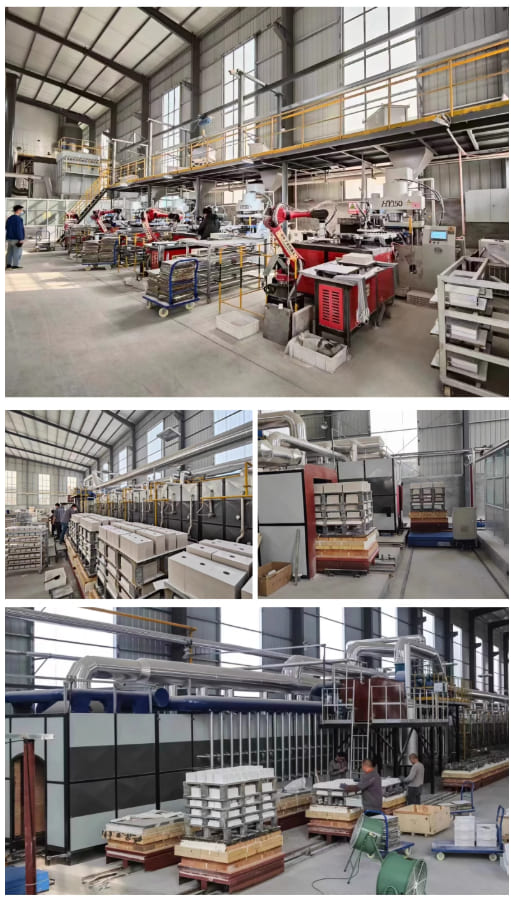
Payment Methods
T/T, Western Union, Paypal, Credit Card etc.
Shipment Methods
By air, by sea, by express, as customers request.
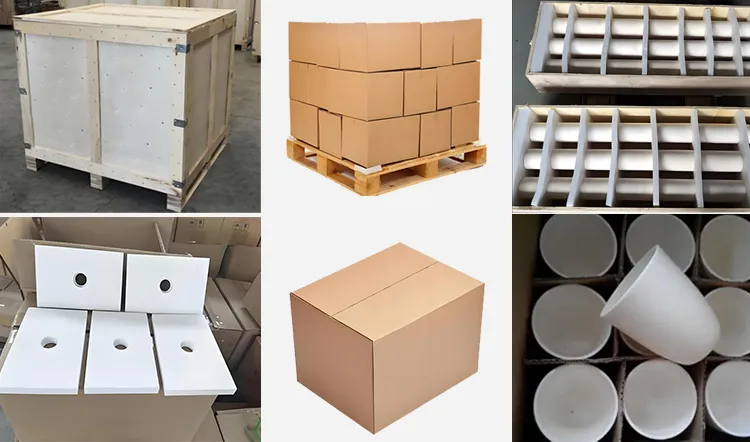
5 FAQs of 99.6 % Alumina Ceramic Sheet
What is a 99.6% alumina ceramic sheet?
This material is made mostly of aluminum oxide. It is a high-purity ceramic. It has strong mechanical properties. It resists wear, corrosion, and high heat. It is used in electronics, industrial machinery, and medical devices.
How hot can it get before failing?
It handles temperatures up to 1650°C. It keeps its shape and strength even under extreme heat. It cools down quickly without cracking. This makes it good for furnaces and high-heat tools.
Where is it commonly used?
It appears in many industries. Electronics use it for insulating parts. Factories use it in cutting tools and wear-resistant parts. Medical equipment relies on it for biocompatibility. It is also in laser systems and semiconductor manufacturing.
Why pick this over metals or plastics?
It lasts longer under stress. Metals can corrode or melt. Plastics break down in heat or chemicals. This ceramic resists all three. It is lighter than many metals. It costs more upfront but saves money over time.
How do I handle it safely?
Avoid dropping or hitting it. It is hard but can crack from sharp impacts. Use gloves to prevent scratches. Cut or drill it with diamond tools. Keep it away from sudden temperature changes. Store it in a dry place to avoid moisture damage.
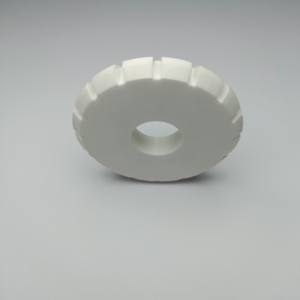
(99.6 % Alumina Ceramic Sheet)
REQUEST A QUOTE
RELATED PRODUCTS

Customized 95% Aluminum Oxide 99% Pure Al2o3 Alumina Precision Ceramic Parts In Tight Tolerance
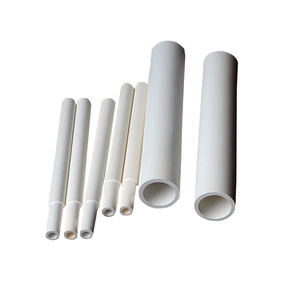
Laboratory Processes Alumina Ceramic Crucible
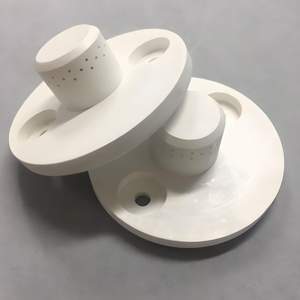
Industrial Alumina Ceramic Tube 99 Al2o3 Fireproof Alumina Tube Circle Alumina Tube
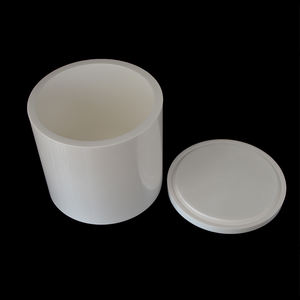
High Purity Ceramic Box Alumina Ceramic Sagger
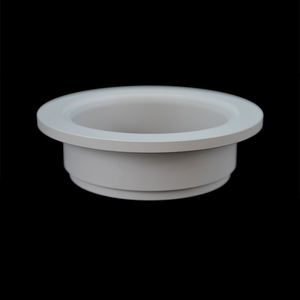
96% Metallization Tube Alumina Ceramics Parts Al2o3 Alumina Ceramic


